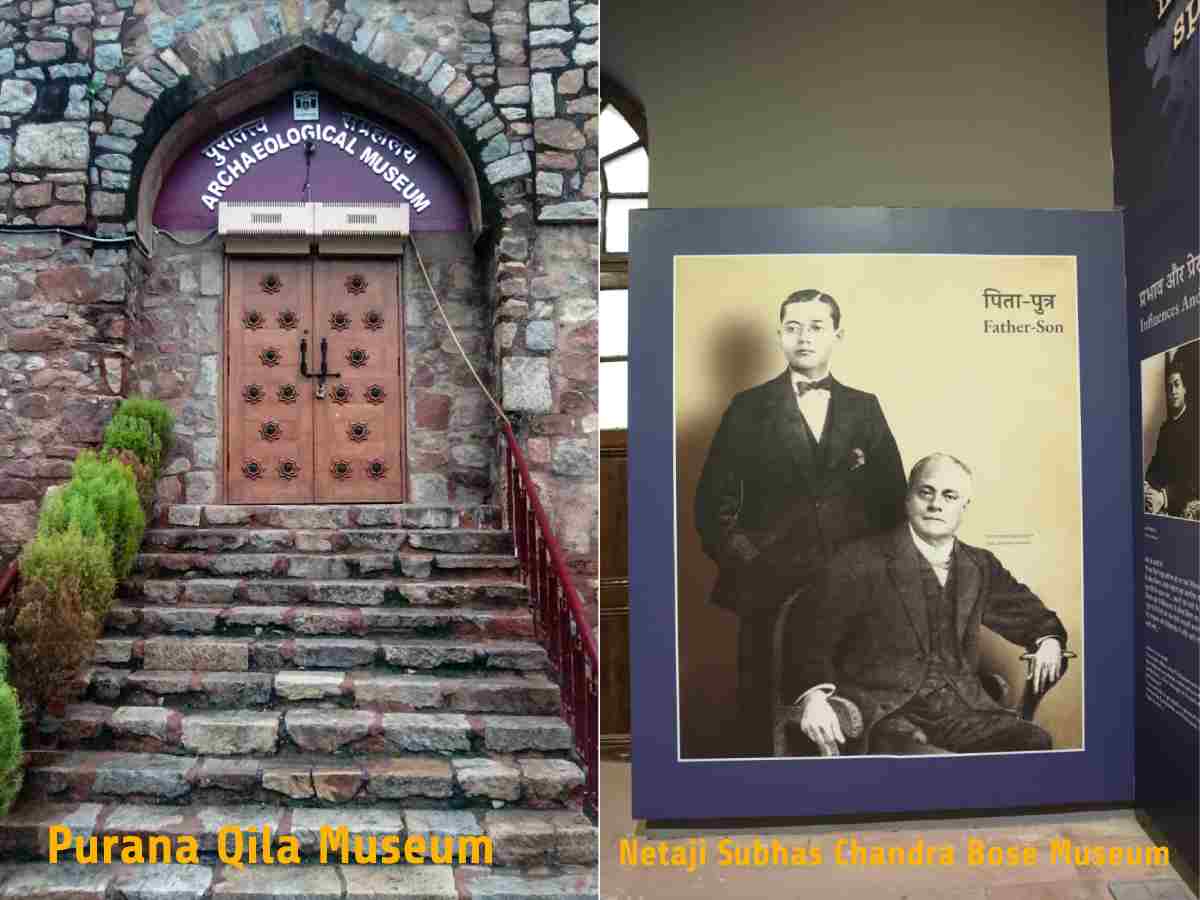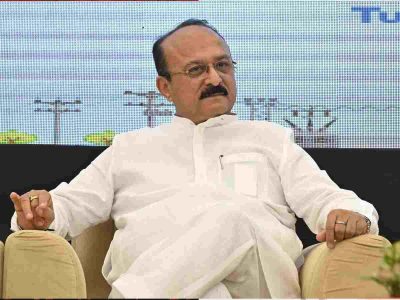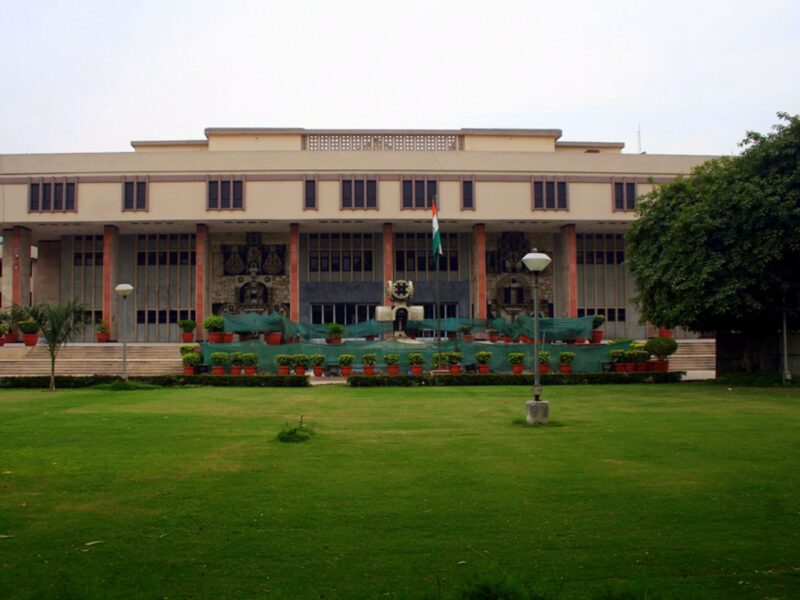Nestled within the fortified walls of Delhi’s Purana Qila, one of the city’s oldest and most enigmatic monuments, lies a lesser-known gem: the Archaeological Museum. Overshadowed by the grandeur of the ancient fort itself, this museum offers an intimate journey into Delhi’s layered and complex past—a story that dates back over 2,500 years.
Located near the western gate of Purana Qila, the museum was established by the Archaeological Survey of India (ASI) to showcase artefacts excavated from the site and surrounding regions. While Purana Qila is popularly associated with Mughal emperor Humayun and Afghan ruler Sher Shah Suri, the archaeological finds suggest that this land predates them by centuries.
Excavations carried out in the 1950s, and again in the 1960s and 70s, revealed a remarkable continuity of habitation from the pre-Mauryan period (around 3rd century BCE) to the Mughal era.
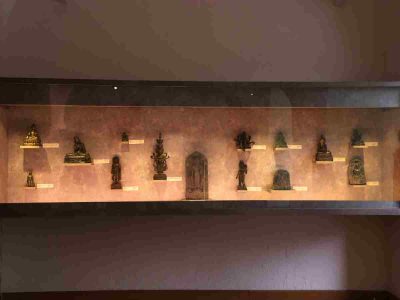
The museum may appear modest in size, but what it lacks in scale, it makes up for in the sheer depth of history it holds. Each gallery is a chapter in the story of Indraprastha—the ancient city believed to be the precursor to Delhi, mentioned in the Mahabharata.
Upon entering, visitors are greeted by tools and pottery shards from the Painted Grey Ware culture, associated with the early Iron Age and believed to be contemporaneous with the Mahabharata period. These humble artefacts—bowls, storage jars, and terracotta figurines—are stark reminders of a time when mythology and history begin to blur.
Further along, artefacts from the Mauryan, Sunga, Kushana, Gupta, and Rajput periods are displayed in chronological order. Highlights include stone sculptures, terracotta plaques, coins, seals, and inscribed pottery.
One particularly evocative exhibit is a delicate terracotta figurine of a mother goddess from the Sunga period, reflecting early forms of local worship.
The museum also houses a collection of Mughal-era artefacts: blue-and-white glazed tiles, miniature cannons, and decorated pottery. These connect directly with the structures inside Purana Qila, including Humayun’s library—where he is believed to have met his fatal fall—Sher Shah’s mosque, and the step wells.
Jatinder Singh, a visitor at the museum, told Patriot, “In a city teeming with noise and movement, the museum at Purana Qila offers a contemplative pause. It is not just a space for preserving the past, but one that invites reflection on the nature of heritage itself.”
Red Fort museums: Echoes of history in brick and stone
Once a symbol of imperial grandeur and now a custodian of India’s layered past, the Red Fort in Delhi is more than just a historic monument—it is a living archive.
Beyond its mighty red sandstone walls and the iconic Lahori Gate lies a less-explored treasure: five museums that narrate diverse chapters of India’s cultural, political, and military history.
Restored and repurposed under the government’s ‘Adopt a Heritage’ initiative, these museums were inaugurated in 2019 and are housed within the British-era barracks built after the revolt of 1857. Each museum offers a unique lens into the country’s legacy—from ancient battles to the freedom movement, and from tribal uprisings to unsung heroes.
Yaad-e-Jallian museum: A memorial of martyrdom
One of the most emotionally powerful museums in the complex, Yaad-e-Jallian is dedicated to the Jallianwala Bagh massacre of 1919.
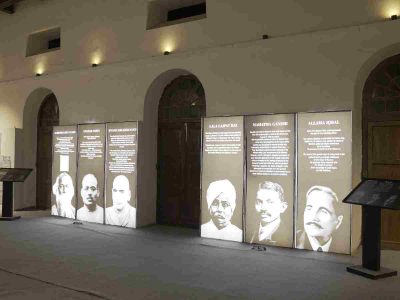
Through photographs, newspaper clippings, personal accounts, and audio-visual installations, the museum recreates the horror of that dark day when British troops under General Dyer opened fire on peaceful protestors in Amritsar.
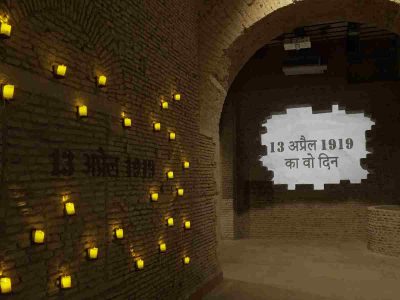
The museum also reflects on the global response to the massacre and explores how this brutal act galvanised the Indian freedom movement. Visitors often leave with a haunting sense of loss—but also of resistance.
Museum on the 1857 uprising: The first war of Independence
Housed in a neighbouring barrack, this museum captures the spirit of India’s first major revolt against British rule, which began in 1857.
The galleries feature rare paintings, lithographs, weapons, letters, and records from the period. Prominent leaders like Rani Lakshmibai, Bahadur Shah Zafar, Tatya Tope, and Mangal Pandey are commemorated through dioramas and displays.
One section poignantly explores how Delhi became a central battlefield, and how the Red Fort—once an emblem of Mughal power—fell into the hands of the British.
Azadi Ke Diwane: Tribute to the unsung heroes
This museum pays homage to the lesser-known freedom fighters whose names are often missing from mainstream history books.
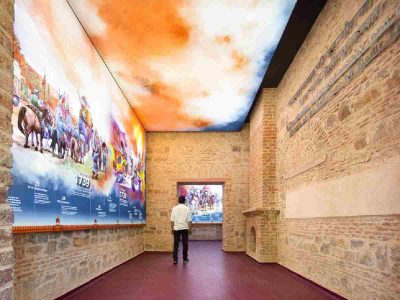
Spread across multiple rooms, Azadi Ke Diwane uses immersive installations, soundscapes, and interactive panels to honour revolutionaries like Ram Prasad Bismil, Ashfaqulla Khan, Matangini Hazra, and many others from different regions, religions, and ideologies.
It is a celebration of pluralism and collective resistance—a reminder that India’s freedom was won through the efforts of many, not just a few prominent figures.
Netaji Subhas Chandra Bose museum: The INA legacy
This museum offers a rich and reverent look at Netaji Subhas Chandra Bose and the Indian National Army (INA).
Personal belongings of Bose—including his cap, coat, and letters—are displayed alongside photographs and archival documents.
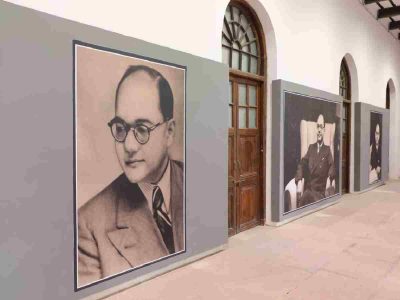
A standout exhibit is the recreated INA courtroom scene, where Col Prem Sahgal, Col Gurbaksh Singh Dhillon, and Major General Shah Nawaz Khan were tried in the Red Fort. The museum narrates how this trial stirred nationalist sentiments across the country, further intensifying the call for independence.
Dalmia’s visitor centre: A modern window to the past
In 2022, Dalmia Bharat Ltd inaugurated a world-class visitor centre at the Red Fort. This multi-storied facility showcases the rich heritage of the Mughal-era monument.
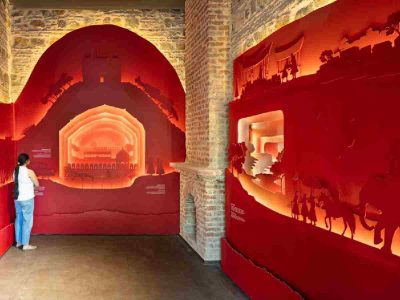
The museum offers a comprehensive introduction to Delhi before the establishment of the Red Fort and Shahjahanabad. It highlights the fort’s magnificent architecture, royal traditions, and luxurious lifestyle, while also chronicling defining moments in Indian history with the Red Fort at the centre.
Also Read: Yip Yew Chong returns to his favourite canvas – Lodhi Colony
It presents the fort as a symbol of national unity and celebrates India’s diversity.
Bringing the past to life
It is important to note that these museums serve an educational purpose as well. School groups, archaeology students, and curious tourists find in their displays an accessible entry point into Delhi’s layered urban story—one shaped by conquerors, kings, saints, and storytellers.

